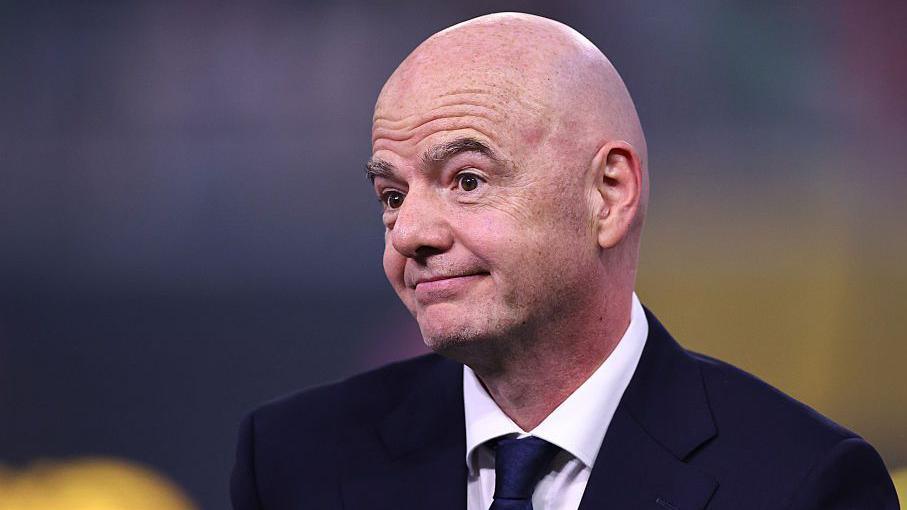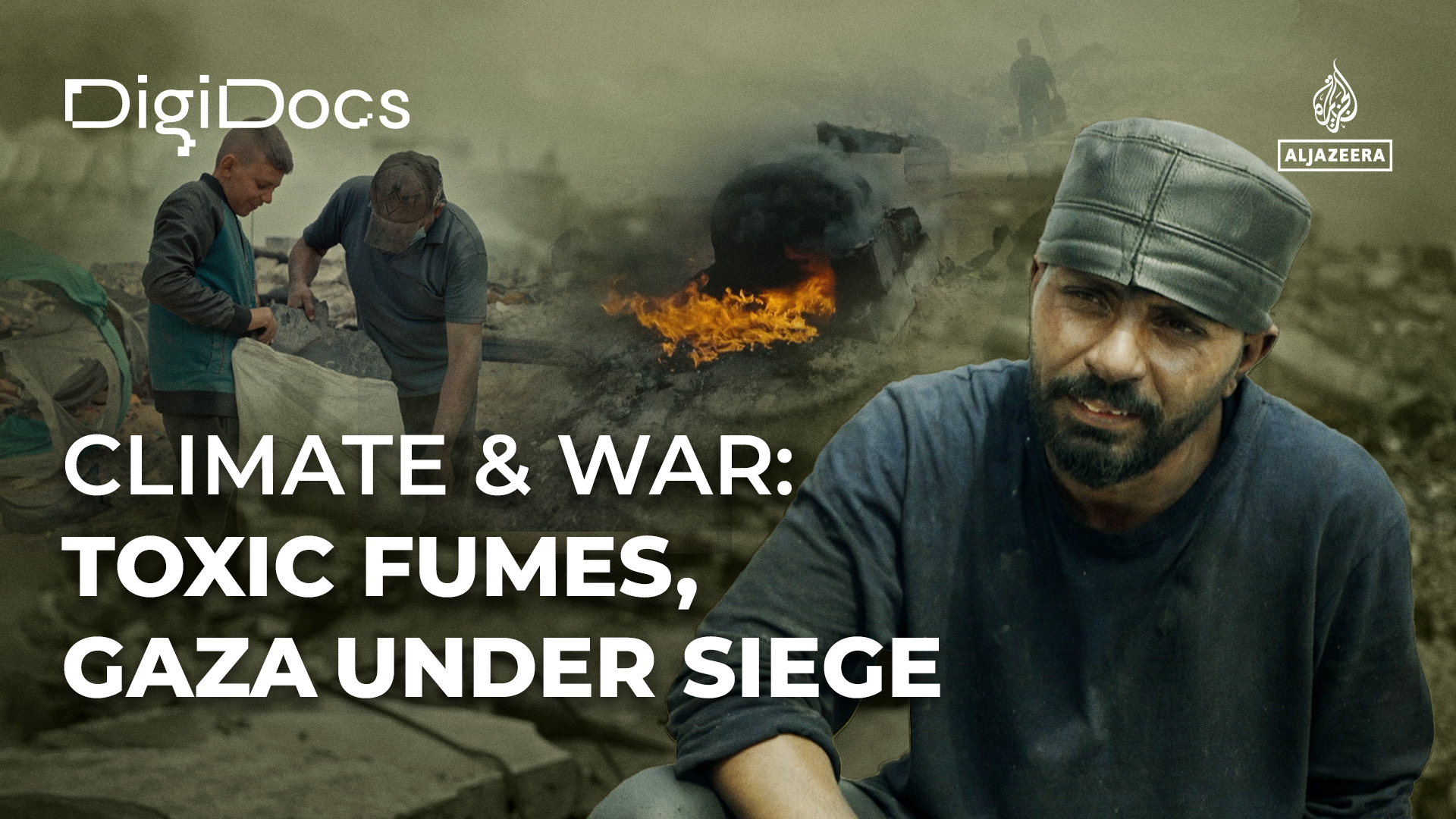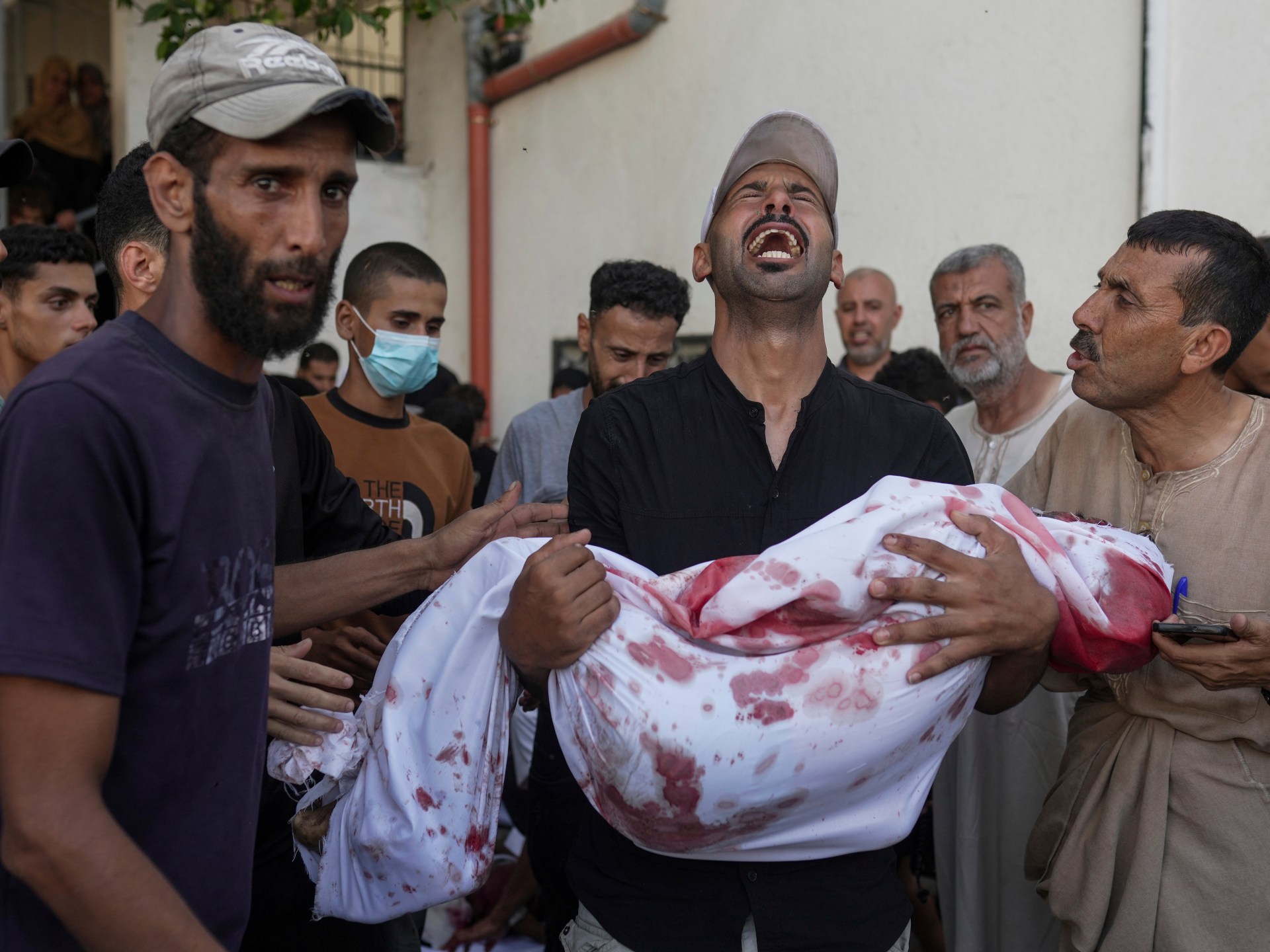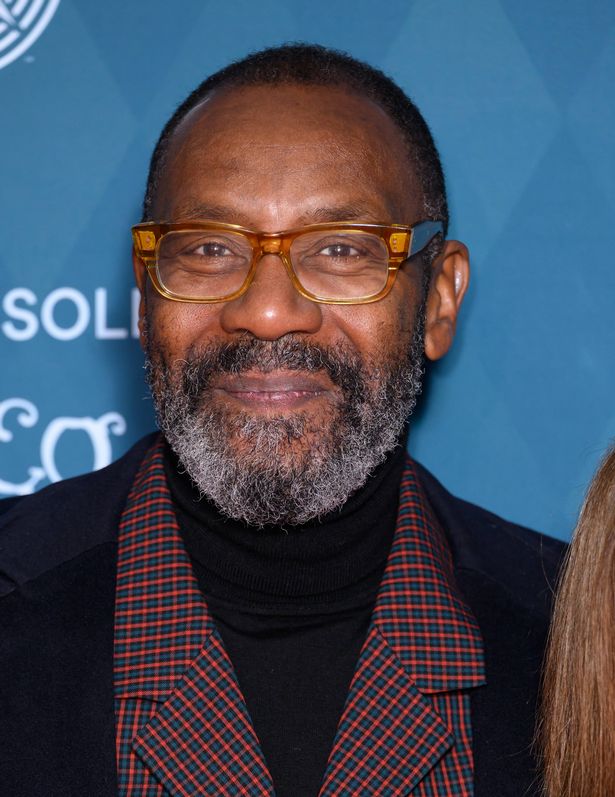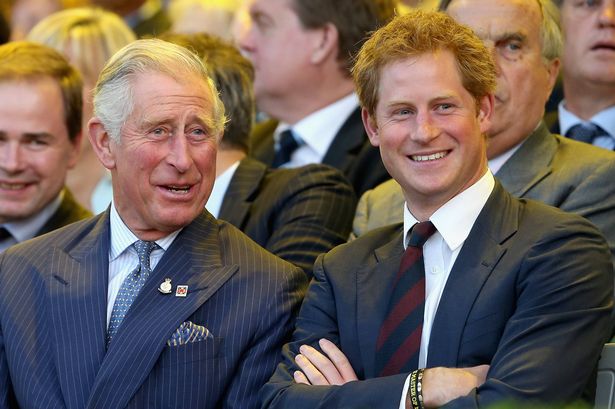REPORTER’S NOTEBOOK
Kyiv, Ukraine – I’m wrenched from my sleep by what feels like an explosion in my stomach, as if a balloon has burst. This feeling is followed immediately by the sound of a real explosion. Now, I’m wide awake.
Phone messages cast a cold blue light into a corner of my room, warnings from our Ukrainian producer Luda that drones and ballistic missiles are incoming. As my eyes adjust to the harsh glow of the phone, I register that it is 2am and, in my deep slumber, I had missed the air raid siren that had gone off almost an hour earlier. Typically, the air siren will sound twice, once to signal the imminent start of an attack and a second time to sound the all clear.
My innate response is to turn over and return to the sanctity of sleep as quickly as I was rudely awakened from it, but a secondary explosion, likely a surface-to-air interception, makes this physically impossible and activates a certain morbid dread in the back of my mind.
The perceived wisdom is to draw heavy curtains and stay away from windows because a nearby blast could produce a shock wave that might smash them, showering occupants with shards of glass. My curtain-less windows loom ominously over me, so I reluctantly pull on some clothes and shuffle into the bathroom, which is happily window-free.
I can clearly hear the buzz of drones now. Like giant enraged hornets, they seem to pass directly over my building, followed by the rapid triple boom of anti-aircraft machinegun fire.
It occurs to me that the bathroom walls are covered in large square tiles. Nearby impact would blast these tiles off the walls. They could come smashing down, potentially onto me.
War has changed tasteful decor choices into a dangerous and unwelcoming environment. Half an hour has passed, and since there has been no letup in the assault, I grab a small backpack with my keys, wallet and passport and make my way to the lobby to take silent refuge with my fellow hotel guests.
The next hour is marked by the passing whine of drones, the responding air defence fire and continual explosions. Some are interceptions, some are impacts, some signal the sound of a hypersonic “Kinzhal” missile passing nearby.
I reassure myself that it is very unlikely that this particular hotel will be hit. Yet there is fear, a type of nagging doubt, that there is danger in the sky, and death is lurking. There is a sense of powerlessness. The staccato punch of machinegun fire is the sound of resistance by the men and women who brave the outside, wrestling for control. Ukrainians face this night terror potentially every evening as air strikes keep them sleep deprived, stressed, maimed and murdered. But in a week, I can go home.
About 5am, the siren gives the all clear. We return to our beds although, now wired from the 397 drones and 18 missiles that were launched at Kyiv, sleep does not come easily.

In the morning, we visit several impact sites – apartment blocks, warehouses, an outpatient clinic. Twenty-five people were wounded and two were killed – Leubov, a 65-year-old, who had recently undergone spinal surgery and was unable to evacuate in time and 22-year-old Maria who successfully fled an apartment but returned briefly. In that moment, she lost her life.
The survivors, rescue crews and firefighters worked tirelessly, clearing away rubbish and rubble, patching over blasted-out windows and erecting little tents offering tea, instant porridge, medical supplies and, most importantly, an atmosphere of solidarity and support.
At the same time in Rome at the Ukraine Recovery Conference, President Volodymyr Zelenskyy warned that soon, Russia will be sending 1,000 drones in a single night, a fearful prospect that he said could be successfully countered with “interceptor” drones.
As the war in Ukraine drags on, it seems that control of the skies will be increasingly resolved through drone-on-drone battles, once a sci-fi fever dream, now tonight’s nightmare.

